6 simple ways to design a kitchen that is easy to clean – according to expert designers
Create a space that’s easy to clean without sacrificing style with these six expert tricks

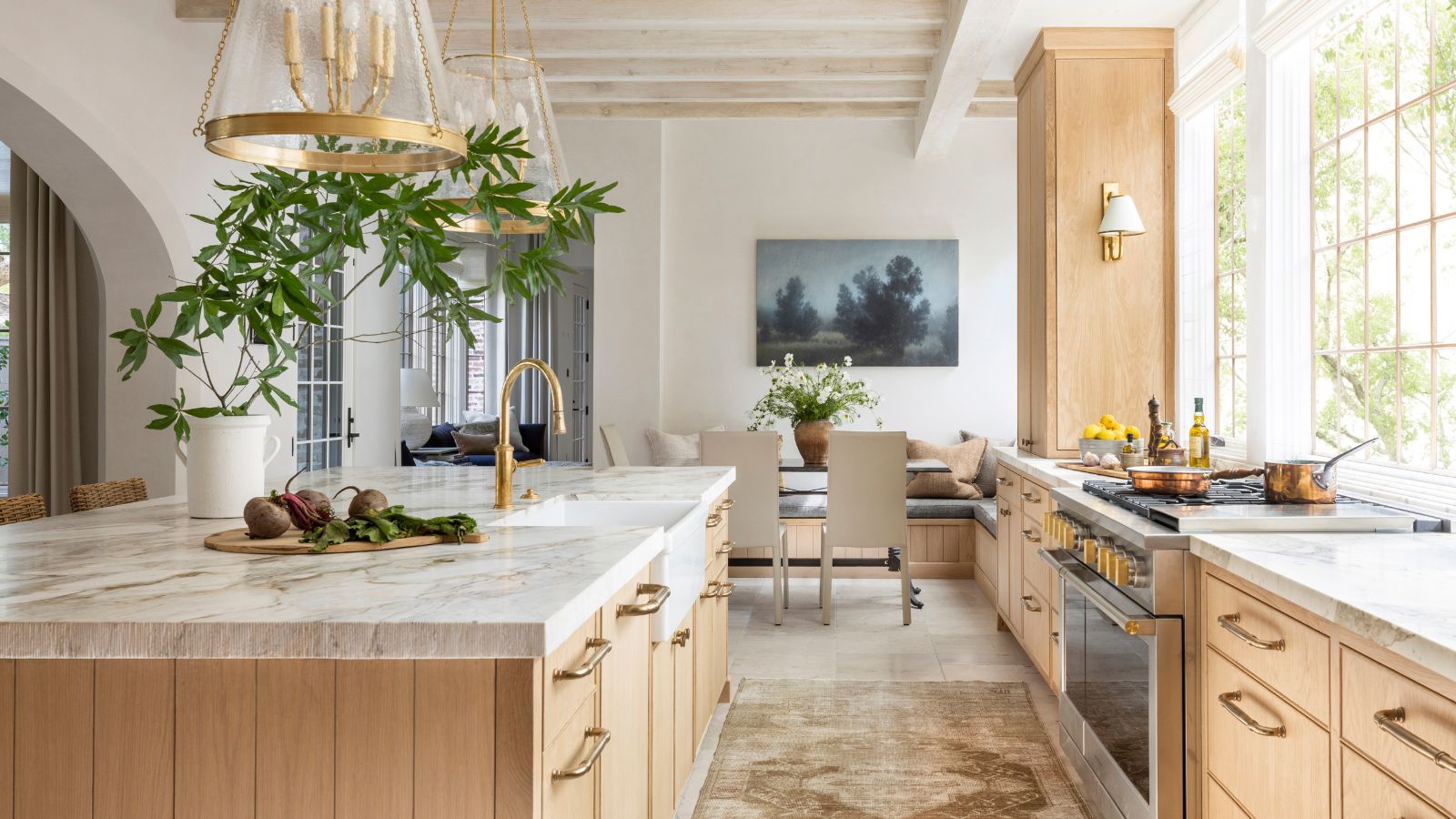
Of all the rooms in our homes, we arguably put the most demands on our kitchens. They need to be stylish, functional, and easy to maintain all at the same time. But how do you design a kitchen that is easy to clean but not boring to look at?
Much like designing a bathroom that is easy to clean, it comes down to picking out the finishes and fixtures carefully from the get-go, and knowing where to prioritize practicality over your Pinterest board of ideas.
These are the six ways expert designs approach planning a kitchen, keeping both practicality and performance in mind.
How to design a kitchen that is easy to clean
Of course, cleaning a kitchen should not be your only consideration when realizing your kitchen ideas, but it certainly helps in the long run. It can even help prevent you from growing weary of your new room too soon.
This is what the experts recommend for a space that is both practical and pretty.
1. Prioritize easy-to-clean work surfaces
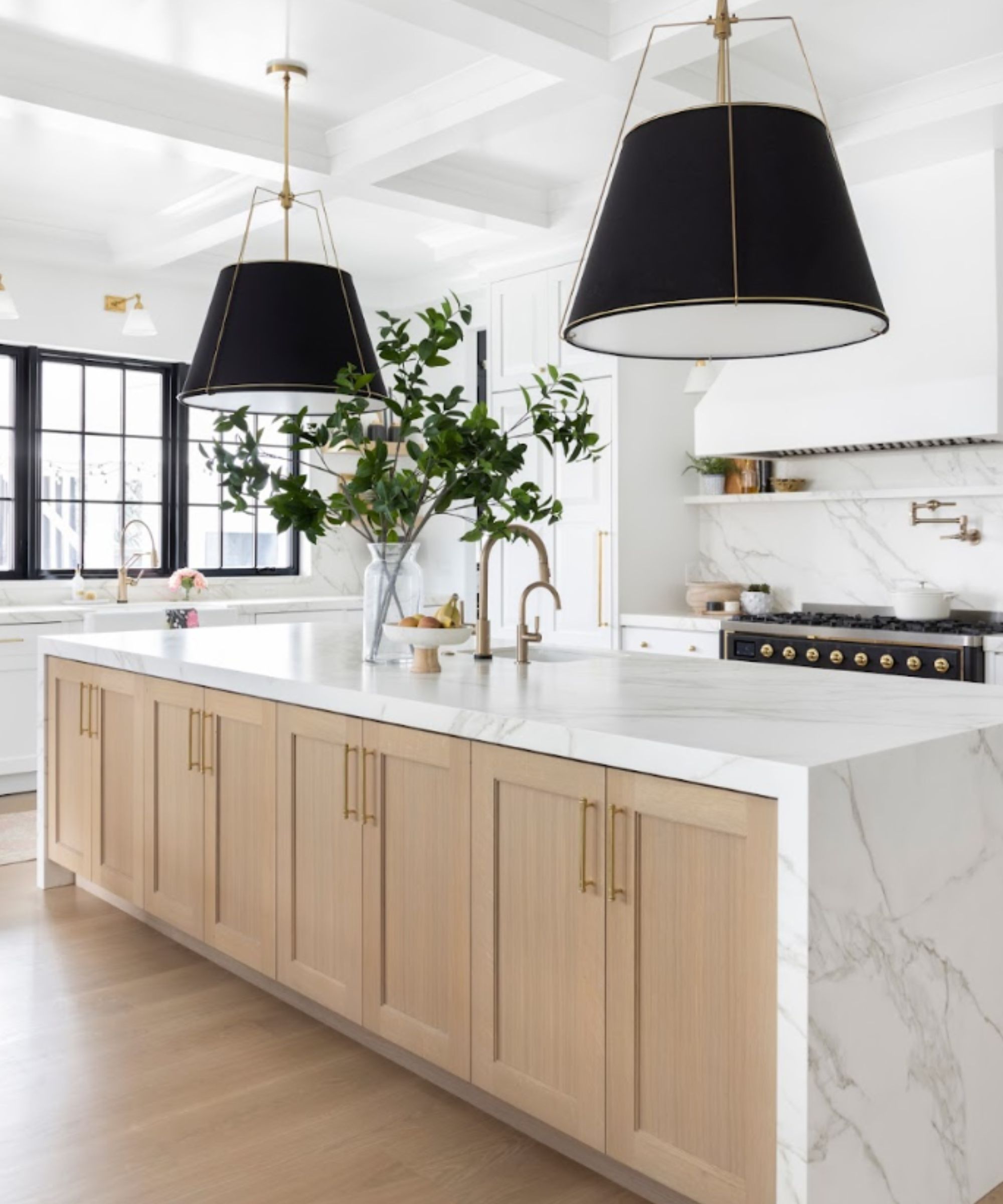
If you have to make allowances anywhere in your kitchen to make it more manageable, your countertops should be the first place to start, suggests Artem Kropovinsky, interior designer and founder of Arsight. These are the spots you will be using and cleaning the most, so picking a porous stone, tiles with grout lines, or natural wood will make your life more difficult, he says.
Instead, he recommends picking quartz countertops – they fight stains and wipe clean easily, he explains, making them the ideal choice if you spend a lot of time cooking.
Design expertise in your inbox – from inspiring decorating ideas and beautiful celebrity homes to practical gardening advice and shopping round-ups.
2. Minimize grout
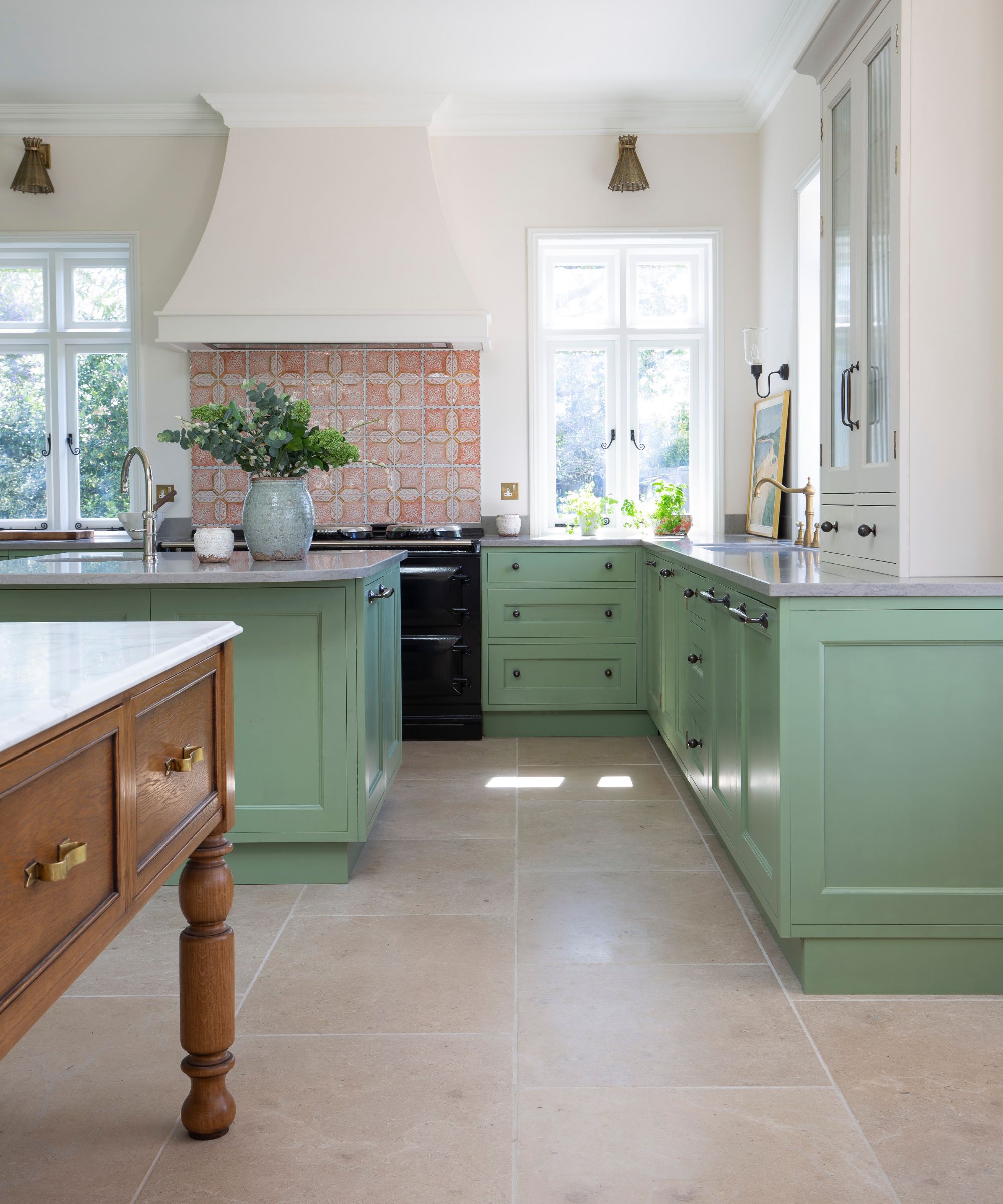
Tiles are some of the most common choices for kitchen flooring and backsplashes as they are easy to clean and moisture resistant. Unfortunately, the same cannot be said for the grout that holds them in place. Grout lines can be tremendously tricky to keep clean and can hold onto dust and dirt.
As such, Niki Tashe, a professional interior designer, recommends picking large-scale tiles with minimal epoxy grout lines to minimize crannies for dirt to hide in. Better yet, he recommends choosing luxury vinyl planks for floors for a seamless, water-resistant surface that is easy to keep clean.
3. Opt for undermounted sinks
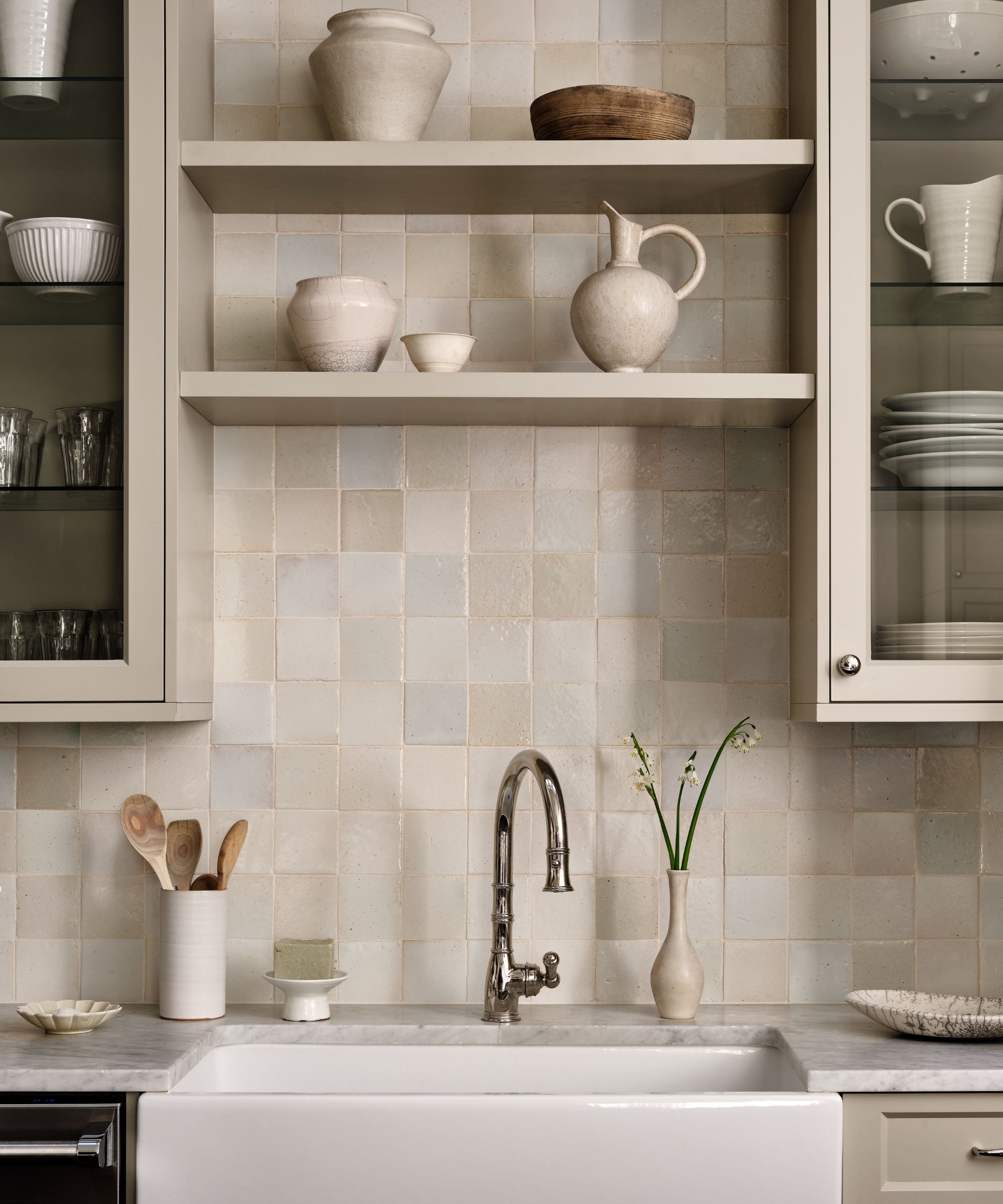
Although most kitchen sinks are designed to sit inside the worksurface, many have a ridge that structs them out from the countertop even slightly. If you want a truly easy-to-clean kitchen, Brandon Walker, superintendent at ASAP Restoration, suggests opting for an under-mounted sink unit that sits flush to the counter, making it easy to wipe spills and crumbs directly from the counter into the sink without a ridge getting in the way.
Opting for the best kitchen sink materials can also make a significant difference, he adds. Stainless steel or composite are often the best options if you don't want to deal with stains or cracks.
4. Avoid high-gloss cabinets
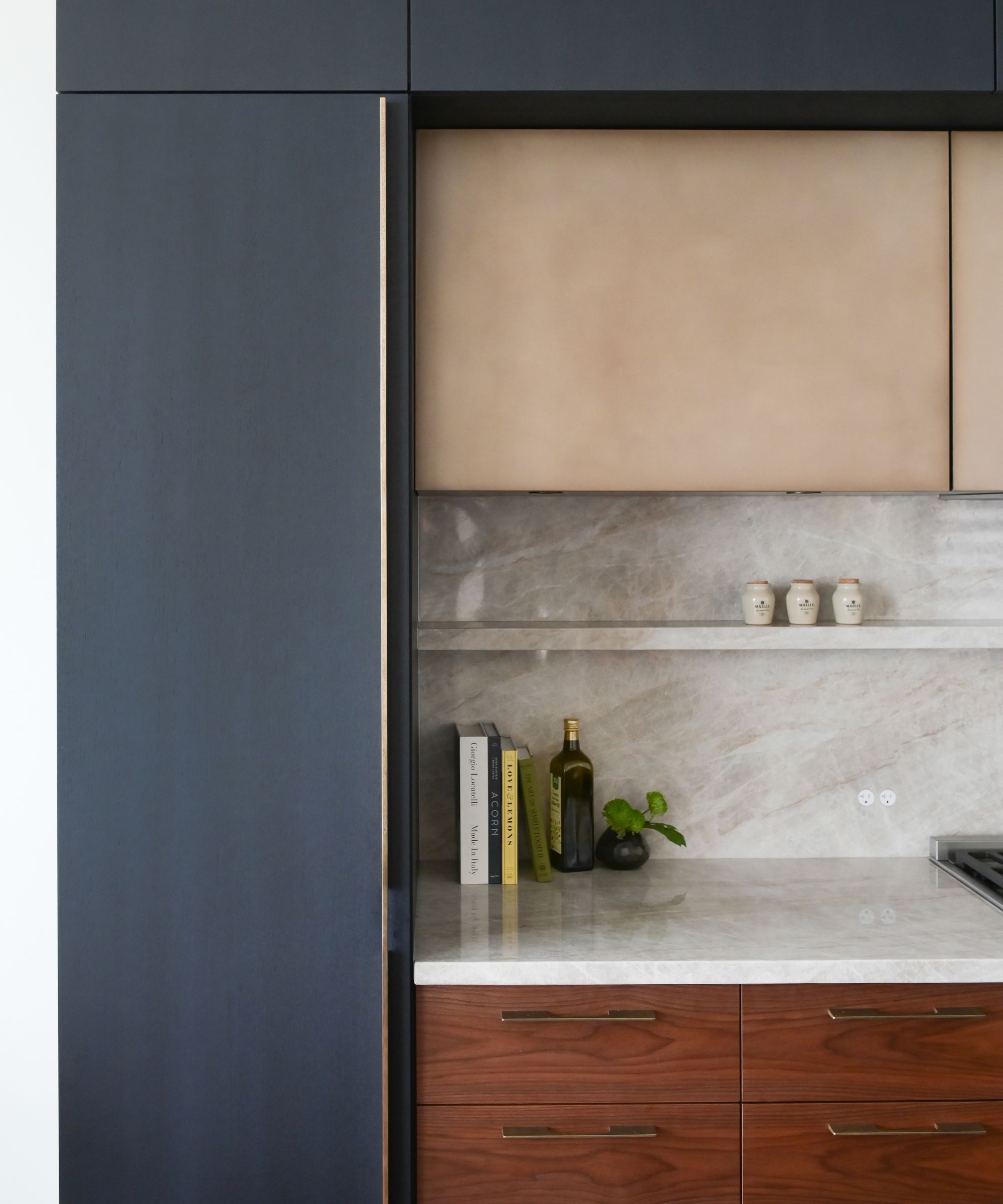
High-gloss cabinets can look very modern and even make a small kitchen look bigger by refracting light, but they also have the unfortunate habit of collecting dust, grease, and finger marks and displaying them for all to see, cautions Artem Kropovinsky, interior designer.
‘Installing flat panel cabinets with matte finishes helps to hide dust and fingerprints better,’ he explains. They are also quicker and easier to wipe down when cleaning.
5. Take cabinets to the ceiling
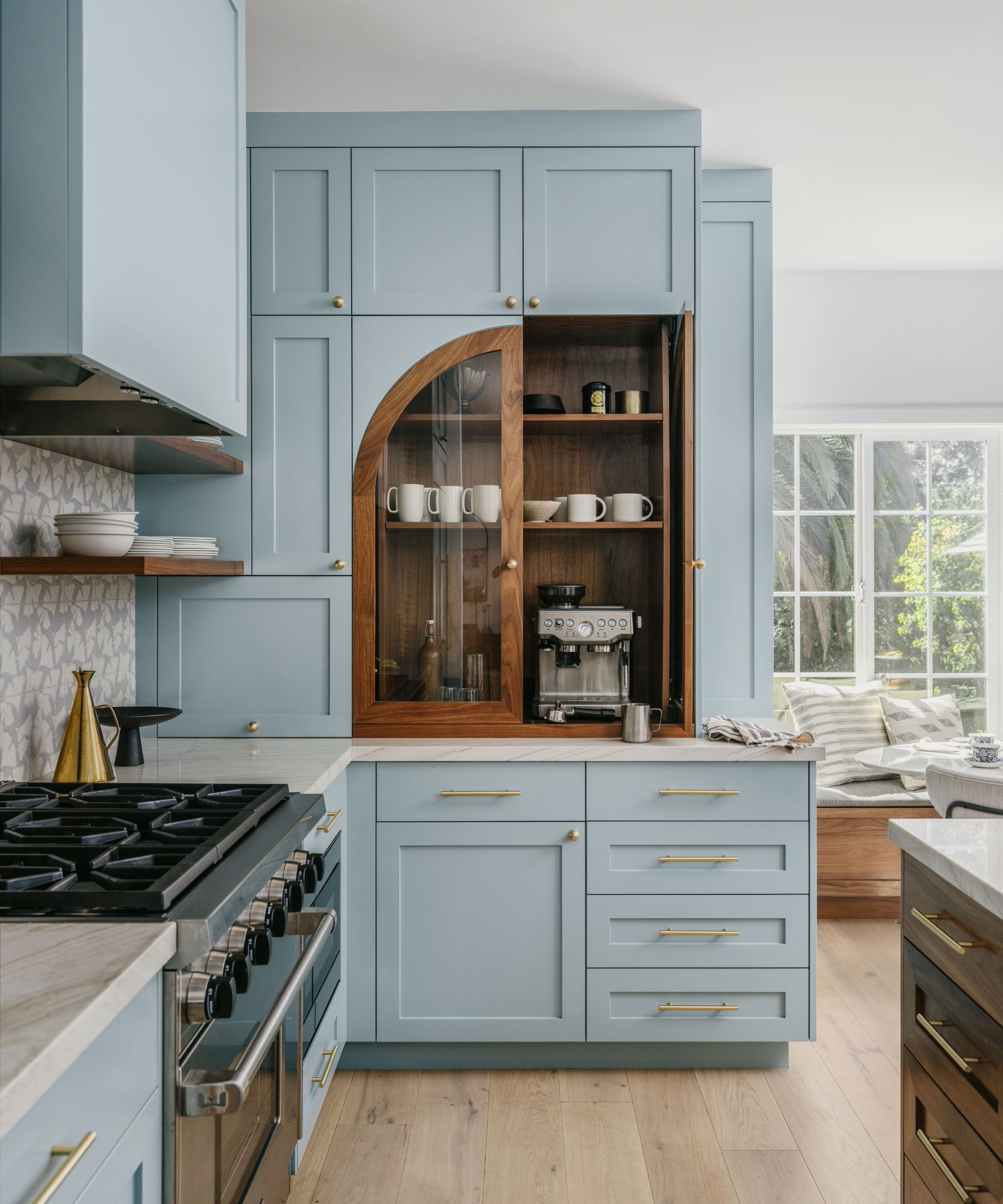
One of the most commonly forgotten spots to clean in a kitchen is the area on top of cabinets that stop short of the ceiling. To mitigate this and prevent a build-up of dust, grease, and sometimes even mold, Ben Burnett, kitchen planner and owner of Kitchen Rehab, suggests taking your kitchen storage up to the ceiling – it is a win-win in terms of cleaning and kitchen organizing.
6. Invest in smart appliances

Smart home must-haves are for more than increased security or a better entertainment system. Using smart appliances in a kitchen can help to keep it cleaner and more hygienic to cut down your to-do list too, points out interior designer Miriam Prada. Self-cleaning ovens, dishwashers with smart sensors, and the best robot vacuums with integrated mops are just a few of the options for keeping manual kitchen maintenance to a minimum.
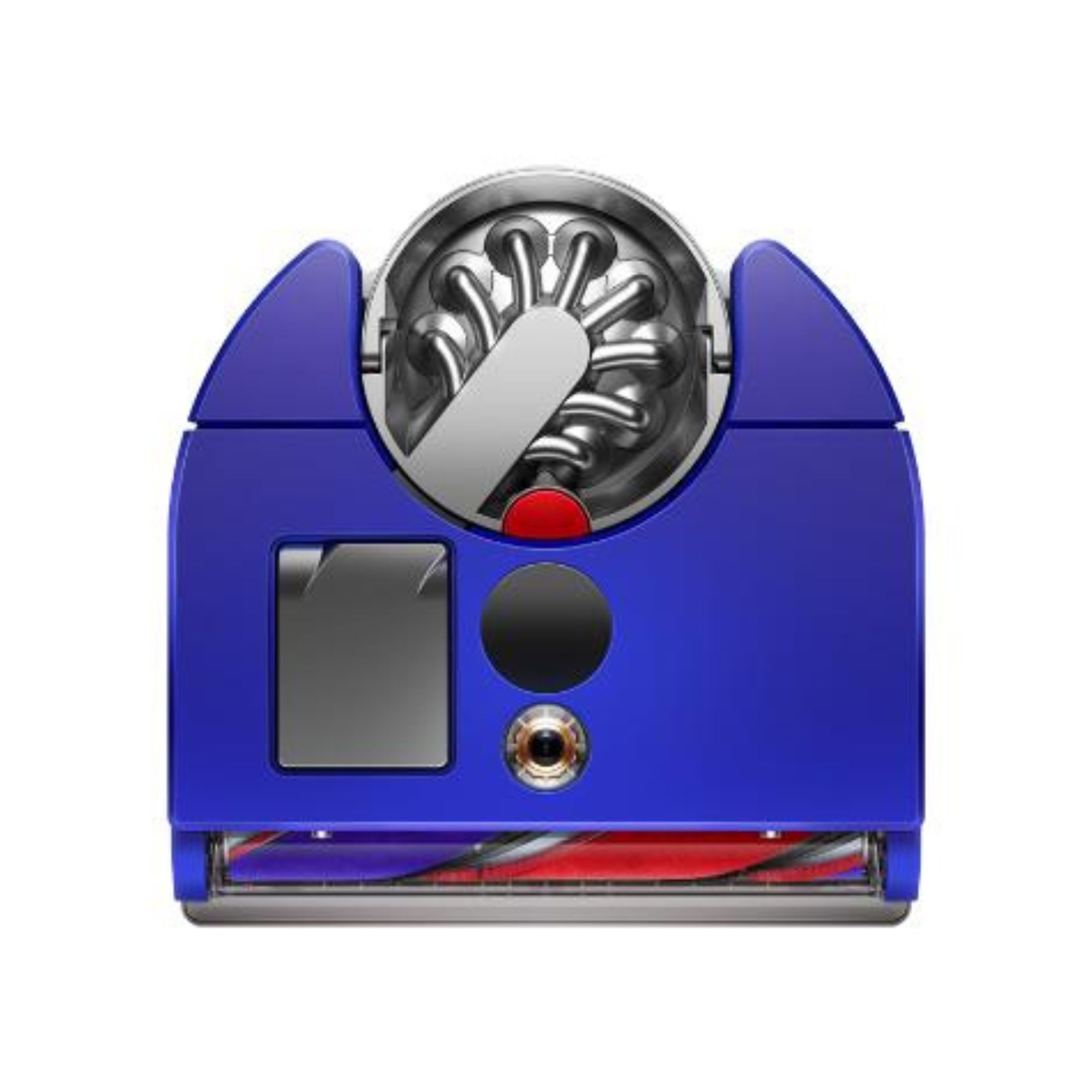
This smart vacuum boasts up to 65 minutes of suction and an intelligent 360° vision system. It was ranked H&G's favorite for power, but it isn't the cheapest on the market.

Voted H&G's favorite combination mop and vacuum this handy smart appliance is perfect for keeping kitchens spotless.
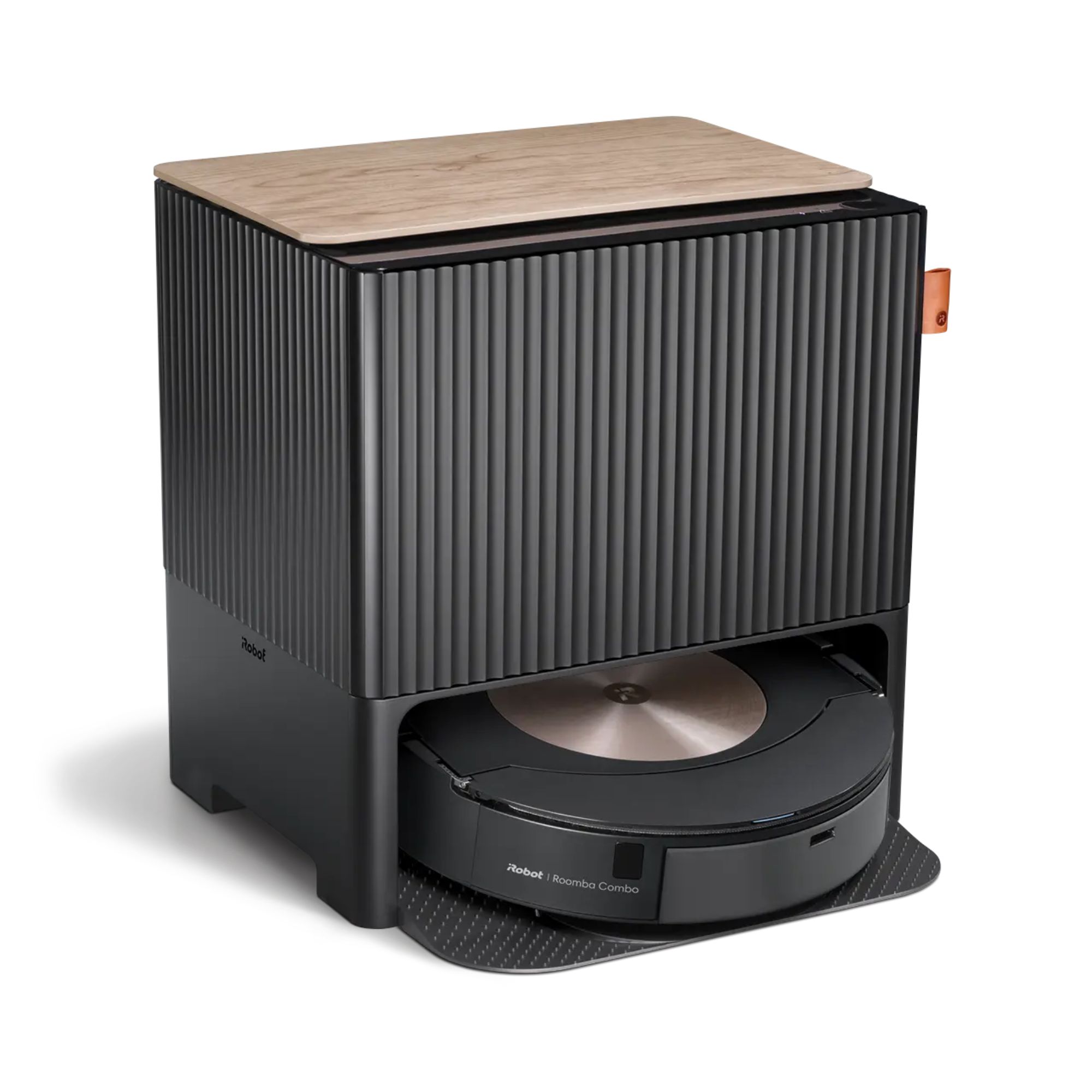
We've tested dozens of the best robot vacuums, but Roomba always comes out on top. Their latest offering is the j9+ Combo, which automatically vacuums, mops, and empties itself.
FAQs
What color kitchen is easiest to clean?
When designing a kitchen that is easy to clean, going for a light color can help. Lighter colors, surfaces, and flooring will show the dirt more easily, allowing you to stay on top of it more regularly and helping you to see when the surface is truly clean. These colors do require more general upkeep, however, so if you prefer to clean a little less often, a darker color may be best.
What is the easiest cabinet style to keep clean?
The easiest cabinet style to keep clean is a flat, unadorned cabinet with a simple pull handle. Cabinet and drawer faces that do not have ridges or indents will not collect dust or dirt and are simple to wipe down with a cloth, while simple handles are easy to reach into deep nooks. When designing a kitchen with flat cabinet doors, consider using color to add interest so you are not sacrificing style.
Of course, the simplest way to design a kitchen that is easy to clean is to avoid mindlessly following kitchen trends and opt for a kitchen layout that suits your needs and requirements – not only will this improve your flow when cooking, but when cleaning too, and prevents you adding elements that you won’t use enough to justify the lengthy cleaning times.
Remember to take inspiration, but never follow them as law.

Chiana has been at Homes & Gardens for two years and is our resident 'queen' of non-toxic living. She spends most of her time producing content for the Solved section of the website, helping readers get the most out of their homes through clever decluttering, cleaning, and tidying tips. She was named one of Fixr's top home improvement journalists in 2024.